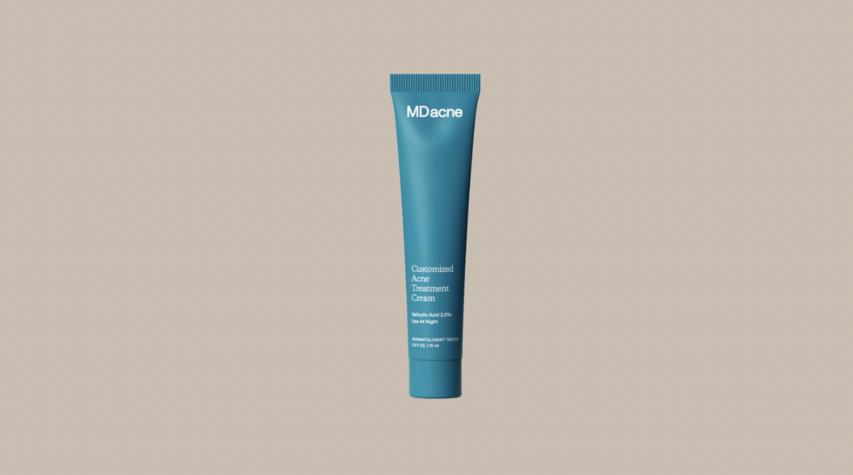What does salicylic acid do for acne?

Salicylic Acid: A Key Ingredient in Acne Treatment
Salicylic acid is one of the most effective acne-fighting ingredients available, second only to benzoyl peroxide. When formulated at the right concentration and pH, salicylic acid can deeply penetrate and clear pores, making it a popular choice in acne cleansers, treatments, and spot applications. Recognized by the FDA as safe and effective for treating acne, salicylic acid works by removing excess oil and dead skin cells from the skin’s surface, helping to keep pores clear and dry out pimples. As a beta-hydroxy acid (BHA), it also acts as a chemical exfoliator, loosening the bonds between skin cells and promoting natural shedding.
What is Salicylic Acid?
Salicylic acid is a naturally occurring compound initially derived from the bark and leaves of the willow tree, named after “Salix,” the Latin word for willow. Its chemical cousin, acetylsalicylic acid (better known as Aspirin), is widely used as a pain reliever and anti-inflammatory. As a topical ingredient, salicylic acid is anti-inflammatory, keratolytic (helps exfoliate dead skin cells), anti-fungal, and anti-bacterial. Its lipophilic nature (fat-loving) allows it to penetrate deeply into pores to soften and clear out comedones (blackheads and whiteheads), making it an excellent treatment for preventing and addressing breakouts.
How Does Salicylic Acid Work on Acne?
Salicylic acid dissolves oil-based compounds within pores, breaking down the oily sebum that can clog follicles and leading to a deeper clean. It also gently exfoliates, promoting increased cell turnover and collagen production, resulting in smoother, healthier skin with a natural glow. Unlike physical exfoliants that can damage the skin barrier and cause microtears, salicylic acid achieves exfoliation without irritating the skin’s protective layers. It also assists in fading post-acne dark spots over time by removing pigmented dead cells from the skin's surface.
These properties make salicylic acid a perfect choice for treating blackheads, whiteheads, and mild to moderate acne, with additional anti-inflammatory benefits that calm inflamed breakouts.
Salicylic Acid (BHA) vs. Glycolic Acid (AHA)
Salicylic acid is the only beta-hydroxy acid used in skin care, while glycolic acid, a widely used alpha-hydroxy acid (AHA), serves as another effective exfoliant. Salicylic acid offers similar exfoliating benefits at lower concentrations than glycolic acid, making it gentler for most users. A 0.5%–2% concentration of salicylic acid delivers comparable results to a 30% concentration of glycolic acid, with significantly less irritation.
The main difference lies in their solubility: Salicylic acid is oil-soluble, enabling it to penetrate and clear clogged pores, whereas glycolic acid is water-soluble, which limits it to surface exfoliation. This unique solubility makes salicylic acid more effective for oily and acne-prone skin types, as it can reach deep into pores to remove blockages.
How Do Salicylic Acid Cleansers Work?
Salicylic acid cleansers are ideal for people with acne-prone skin. As they cleanse, the salicylic acid penetrates and unclogs pores, prepping the skin to absorb further treatment products more effectively. In contrast to harsher acne cleansers, salicylic acid cleansers are typically gentle and suitable for sensitive skin when used at appropriate concentrations.
For optimal results, apply a salicylic acid cleanser to the entire face, gently massaging it into the skin to create a lather for about 20 seconds before rinsing with lukewarm water.
Choosing the Right Salicylic Acid Product
The best concentration of salicylic acid varies depending on skin type and acne severity. For sensitive and normal skin, a concentration of 0.5% is usually sufficient to clear pores and reduce breakouts without causing irritation. For oily or more resilient skin, a 2% concentration can be more effective.
Combining salicylic acid with plant-based botanicals enhances its anti-inflammatory and antioxidant effects, resulting in more balanced and less irritating formulas. MDacne products, for example, incorporate ingredients like vitamin C, aloe, and witch hazel to complement salicylic acid and provide additional skin-soothing benefits.

Is Salicylic Acid Safe for Acne Treatment?
Salicylic acid is generally very safe for acne treatment when used at appropriate concentrations. Mild dryness and peeling are common initially but usually subside within a few weeks as the skin adapts. To avoid over-drying, it’s best to avoid additional astringents or alcohol-based toners while using salicylic acid.
Can Salicylic Acid Be Used During Pregnancy?
Although no large studies have specifically examined topical salicylic acid’s effects on pregnant women, extensive research on low-dose oral acetylsalicylic acid (aspirin) has shown no significant increase in adverse events like birth defects or preterm birth. Given the minimal absorption of topical salicylic acid, it is considered safe during pregnancy when used in low concentrations and limited amounts. Nonetheless, consult with a healthcare provider for personalized guidance if you’re pregnant and considering acne treatments.
Salicylic acid is a powerful, safe, and versatile acne treatment that offers deep pore cleansing, gentle exfoliation, and anti-inflammatory benefits. With the right concentration and combination of soothing ingredients, it can be a valuable tool in your skincare routine for managing acne and promoting clearer, healthier skin.
References:
Zander E, et al. Clin Ther . Mar-Apr 1992;14( 2):247-53.
Lu J, et al. Exp Dermatol . 2019 Jul;28( 7):786-794.
To find the right acne treatments for your unique skin, take the free skin assessment by clicking here.



